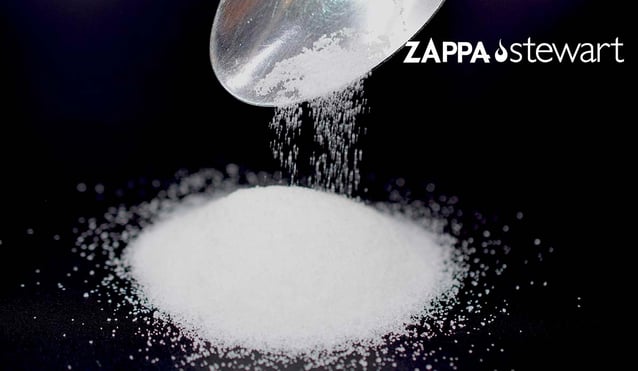
Every day our team receives many questions from current customers and interested future users of superabsorbent polymers (SAP) around the world.
We have provided answers to some of the most popular questions, below.
1, What are some common applications of superabsorbent polymers?
In simple terms, SAPs are used to control liquid water by manipulating water’s properties. Anywhere there is a need to assert control over a liquid, there is a good fit for SAPs. Some key examples include
- Absorbent meat pads - SAPs absorb and trap excess blood from the surface of the meat, minimizing the growth and spread of microbial pathogens and food-borne illness.
- Medical waste fluid control – SAPs are used to solidify blood and other bodily fluids that are collected in canisters during surgical procedures. SAPs eliminate the risk of spills of liquid biohazard (red bag) in medical facilities, minimizing the threat of infectious disease spread.
- Hot/Cold Packs – Hydrated SAPs provide the insulation for the modern hot/cold pack, a critical part of the rapidly growing online perishable food delivery market. The SAPs’ crystal structure contains the water and prevents it from “sloshing” around while preserving the water’s superior insulating qualities.
- Industrial waste solidification – SAPs are used by industrial and environmental remediation contractors to transform challenging liquid waste streams into easily managed dry solids that can be transported and disposed of at municipal solid waste landfills. Processes such as electrical power generation (saturated coal ash), pipeline construction (HDD waste mud), wastewater treatment (municipal biosolids, or sludge), and steel manufacturing (sludge) produce liquid-bearing waste streams that are costly and risky to manage.
2. What are SAPs made of?
Sodium polyacrylate is the most well-known, commercially available superabsorbent polymer technology. Sodium polyacrylate polymers are chains of sodium neutralized acrylic acid molecules, or monomers. Sodium polyacrylate SAPs are designed to absorb large volumes of water-based fluids and retain the fluid indefinitely under moderate pressure and vibration.
👉Related article: What Is Superabsorbent Polymer Made From?
👉Related article: Do You Know What Super Absorbent Polymers Are?
3. Are superabsorbent polymers safe?
SAPs are inert materials that have undergone extensive toxicity testing, demonstrating an exceptionally low toxicity profile for direct skin contact in humans. SAPs are used in baby diapers and feminine hygiene products, consumer markets that have extremely low tolerances for toxins due to the products’ intimate contact with human skin.
Further supporting the low toxicity of SAPs was the U.S. Food & Drug Administration’s 2001 approval of sodium polyacrylate SAPs for use as in indirect food contact. Following approval, SAPs became widely adopted for use in meat and poultry packaging. Not only are SAPs safe on their own, but SAPs also make food safer for consumers by absorbing blood and other fluids from meat that would otherwise present an ideal medium for the growth and spread of dangerous bacterial pathogens.
As an environmental waste treatment reagent, SAPs absorb and retain potentially harmful industrial fluids, preventing the leaching of contaminants into groundwater, surface water, soil, wildlife habitats, and landfill leachate.
👉Related article: With SAPs: “S” stands for SAFE
👉Related article: The Next Step in Safety
👉Related article: 5 Myths About Superabsorbent Polymers for
4. What liquids do superabsorbent polymers absorb?
The short answer is WATER. Sodium polyacrylate SAPs are designed to chemically react with aqueous fluids through hydrogen bonding between the water molecules and the SAP molecules. Chemical properties of the fluid, such as salinity and pH, affect the SAP’s absorbency. For example, SAPs have essentially no absorbent capability with seawater or extremely acidic or basic fluids.
Most environmental waste treatment applications of SAPs involve the solidification of mixtures of solids and water, such as wastewater treatment sludge, horizontal directional drilling mud, hydro excavation fluid, and many other liquid-bearing wastes.
For more information on SAP technologies or to discuss a potential SAP application with our technical team





